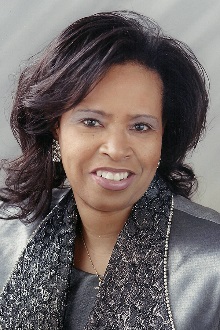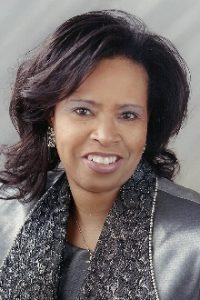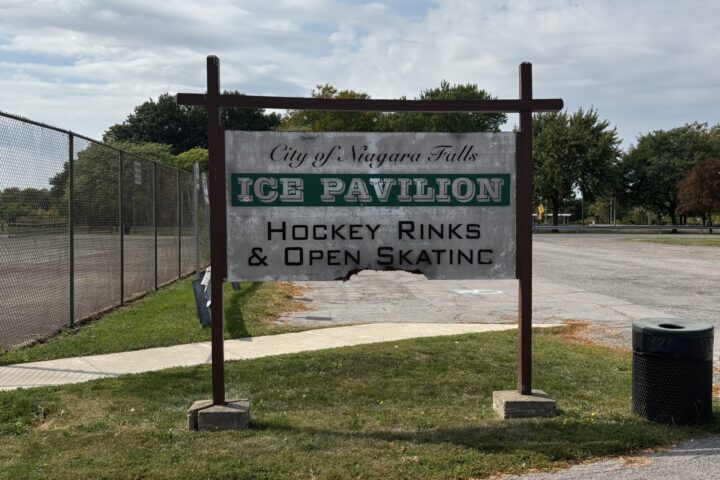By Renae Kimble
In 1993, then President William Clinton proclaimed the third Friday in the month of October as National Mammography Day. On this day and throughout the entire month of October, women are encouraged to make a mammogram appointment with their health care provider.
Women lead extremely busy lives – raising families, pursuing careers, chauffeuring their children, contributing time and talent to church and civic organizations and so much more. With all of this busyness, we sometimes make excuse after excuse for putting off a much-needed mammogram, saying that we don’t have time to go and get our breast cancer screening.
By placing our own health on the back burner, we put ourselves at risk of failing to catch this disease in its infancy when it is most easily and effectively treated.
National Mammography Day is a reminder to all women that the best defense against breast cancer is early detection. Routine cancer screenings that lead to early detection and treatment not only contribute to better health care outcomes, they reduce overall health care costs.
Breast cancer is most commonly found in women 50 years old or older. Any woman or man who has symptoms or changes in their breasts should schedule an appointment with their doctor immediately. While very rare, it is possible for men to get breast cancer. Mammograms remain the best way to detect early stage breast cancer.
According to the U.S. Food and Drug Administration, “Mammography can find 85 percent to 90 percent of breast cancers in women over 50 and can discover a lump several years before it can be felt. In addition, mammography can provide several benefits. It can detect small breast cancers at early stages, greatly improving chances for successful treatment and survival. Breast cancers found by screening mammography in women in their forties are generally smaller and less advanced, with less spread to lymph nodes or other organs, than cancers found in women not having annual mammograms.”
Studies have shown that the lack of health insurance is a tremendous barrier to regular mammogram screening. Screening is underutilized by women with no regular source of health care. Other contributing factors are a lack of transportation to and from the screening site, a lack of flexible screening hours and a lack of paid leave time from work for a cancer screening.
That is why New York state is expanding access to breast cancer screening by requiring hospitals to extend their hours for mammograms and eliminating insurance costs. Legislation signed in June by Gov. Andrew Cuomo requires more than 200 hospitals across the state to offer evening and weekend hours for mammograms. Insurance companies are now prohibited from charging deductibles or co-pays for them.
There is absolutely no excuse for a woman to not have a mammogram in New York state. The enactment of these new breast cancer initiatives – the most comprehensive in the nation – eliminates the barriers to women putting their health care needs front and center in their lives.
The color pink reminds us that October is National Breast Cancer Awareness Month. Women, whenever you see the color pink it should trigger a subliminal message of remembrance to get your mammogram.
October 21 is National Mammography Day. Always remember to make your appointment on or by the third Friday in October.
We can help. If you are an uninsured woman between the ages of 40-64 and due for a breast, cervical or colon cancer screening, call the Cancer Services Program of Niagara County, a service of Niagara Falls Memorial Medical Center funded by the New York State Department of Health. Uninsured men ages 50-64 are also eligible for a free colon cancer screening.
Call us today at (716) 278-4898.
____________________________________________________________________________
Renae Kimble is program coordinator for the Cancer Services Program of Niagara County, a service of Niagara Falls Memorial Medical Center. She can be reached at 278-4569.













